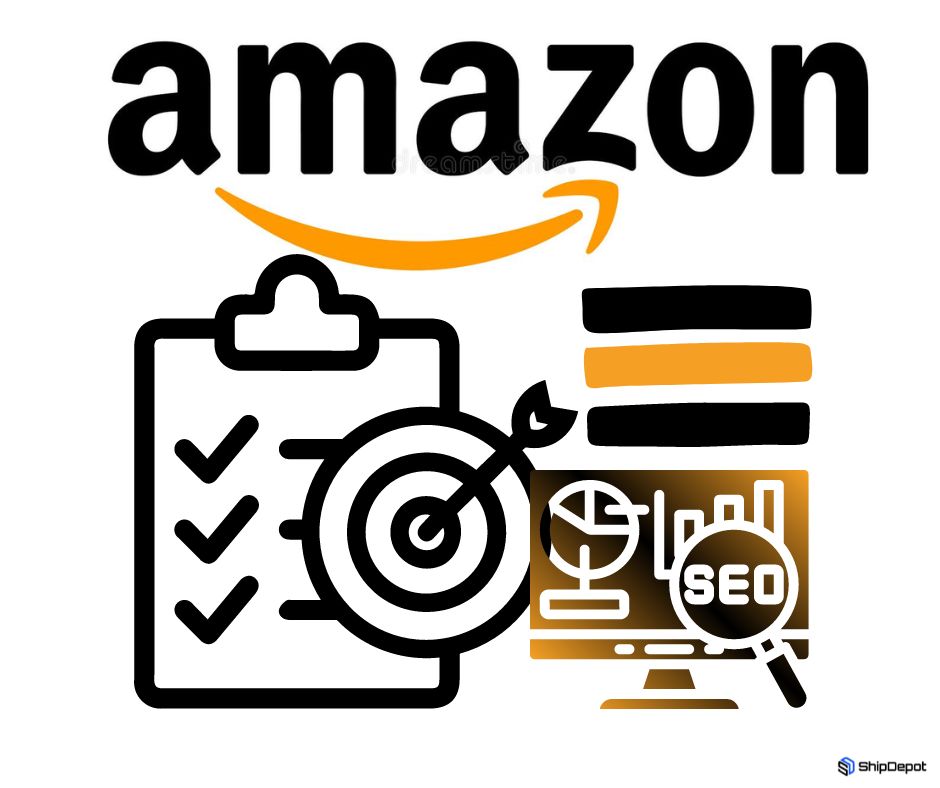-
The Game-Changing Benefits of Outsourcing Order Fulfillment to a 3PL
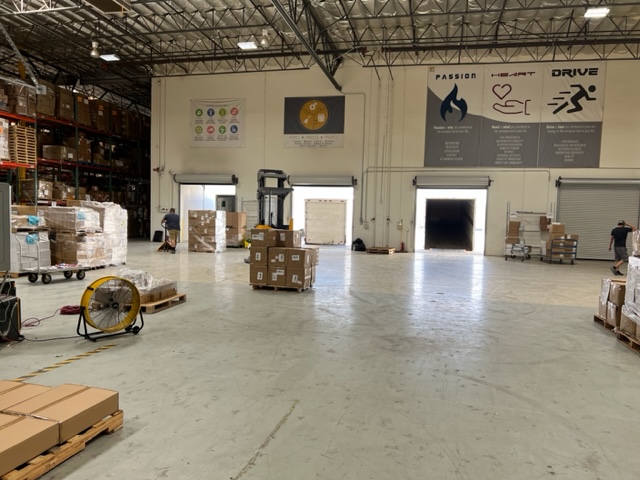
In the highly competitive e-commerce landscape, a business that can fulfill orders quickly, accurately, and efficiently has a distinct advantage over its competitors. By ensuring smooth order fulfillment processes, an e-commerce business can build a loyal customer base, increase brand awareness, and ultimately drive revenue growth.
-
Amazon Scams: How to Spot Them and Protect Yourself from Fraud
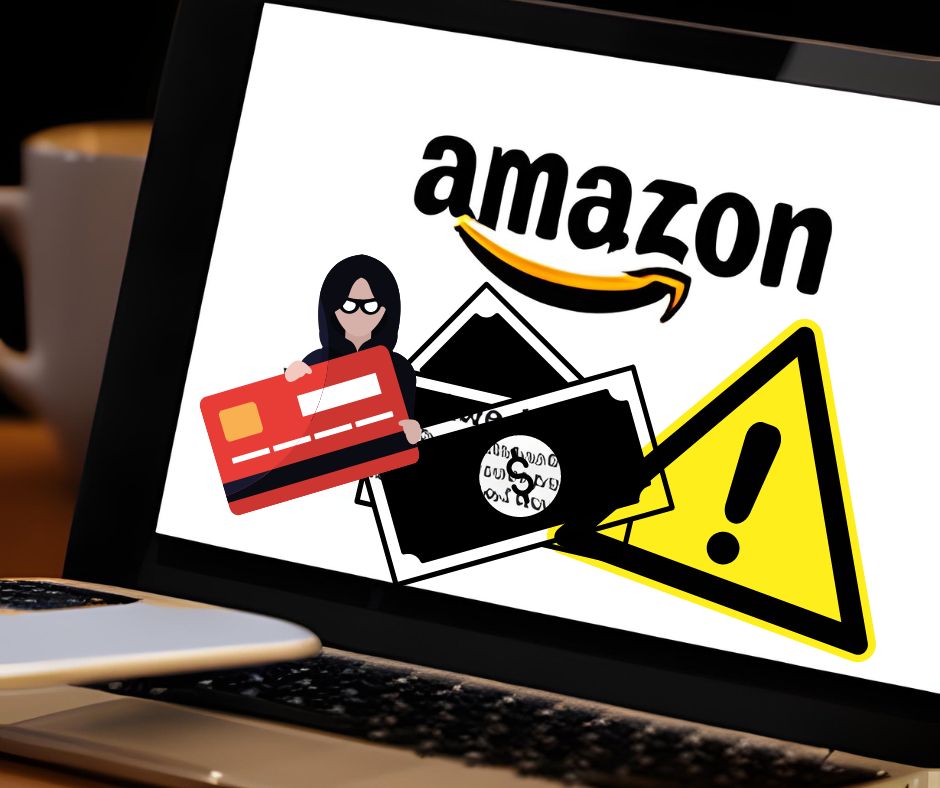
As one of the largest and most popular online marketplaces in the world, Amazon has become a prime target for scammers and fraudsters. They use various tactics to trick unsuspecting shoppers into handing over their personal and financial information, as well as their hard-earned money.
-
Partnership for Success: Nurturing Relationships with Your 3PL Provider

For business owners out there, you may think you’re a lone wolf, but when it comes to running a successful business, it takes a village. Sure, you could try to ship those goods all by yourself and get a quick win, but if you really want to go the distance, it’s all about teamwork and…
-
Say Goodbye to Logistics Headaches: How to Evaluate 3PL Providers
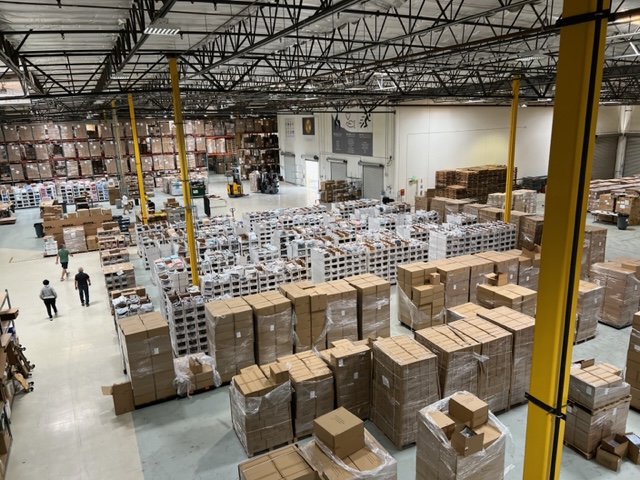
So, you’ve finally decided to pass the baton of your storage and distribution operations to someone else. Congrats! But hold up, now comes the tough part – finding the perfect third-party logistics (3PL) provider for your business. It’s like finding a needle in a haystack, but with more trucks and warehouses involved. Good luck, my…
-
Amazon Competitor Analysis: Unleashing Your Business’s Full Potential
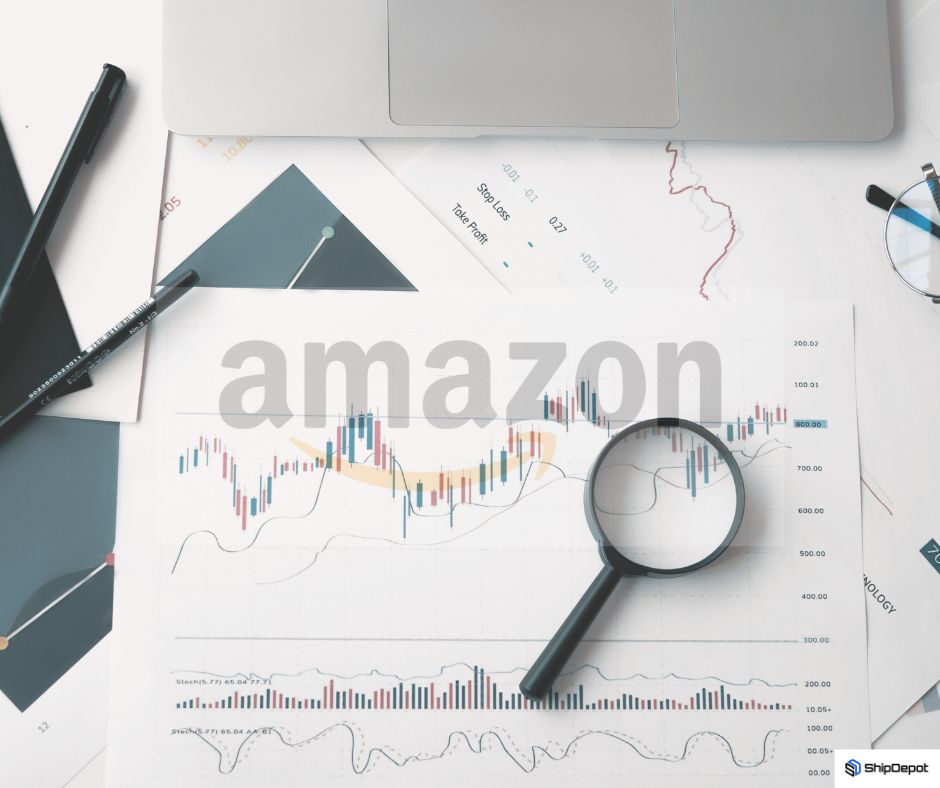
Hey there, let’s be real. – we all get a little curious about what our competitors are up to. It’s like that classic saying, “Keep your friends close and your enemies closer.” We just want to know what we’re up against and find ways to stay ahead of the game. Plus, who doesn’t love a…
-
Ship Smarter, Not Harder: How 3PL Can Save You on Shipping Expenses

Many companies struggle with finding ways to reduce their shipping costs while still providing fast and reliable service to their customers. One solution to this problem is to partner with a third-party logistics provider (3PL).
-
The Importance of Data Analytics in Third-Party Logistics

As a 3PL provider, it’s important to keep a close eye on your analytics because they can reveal crucial insights into your operations. By analyzing data such as shipping times, order accuracy, and inventory levels, you can identify areas for improvement and make informed decisions that will help you optimize your processes and maximize efficiency.…
